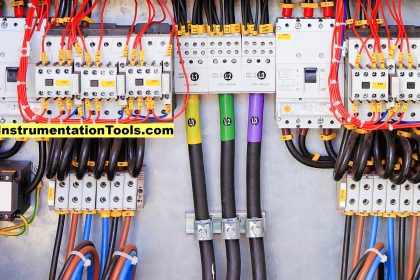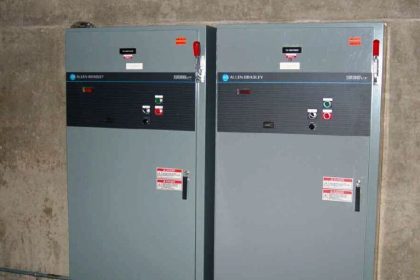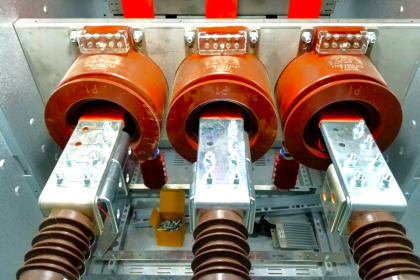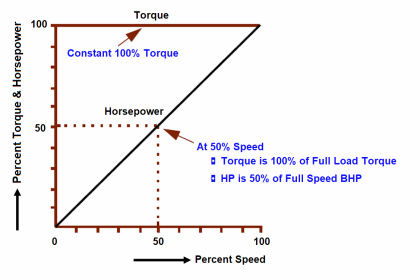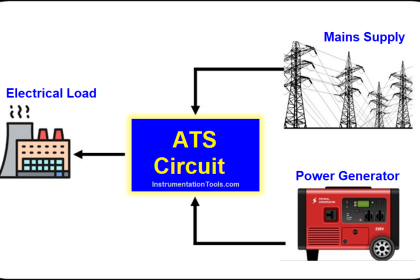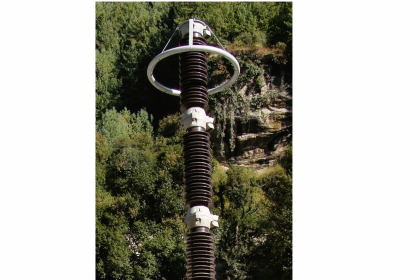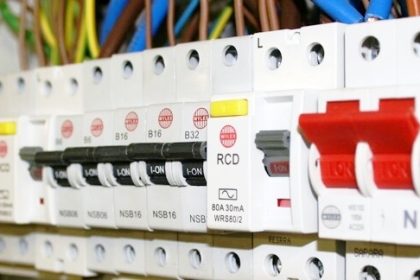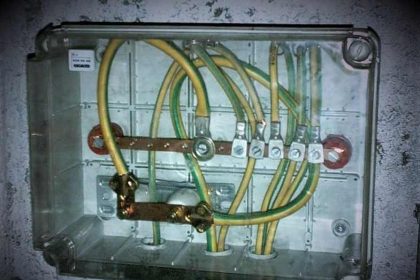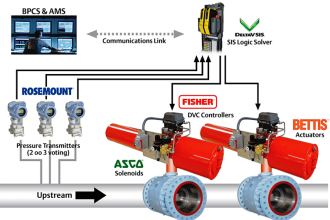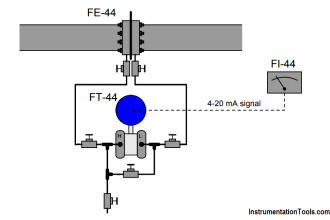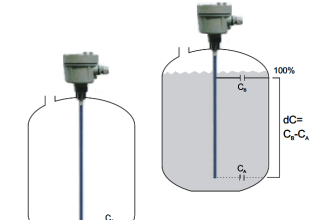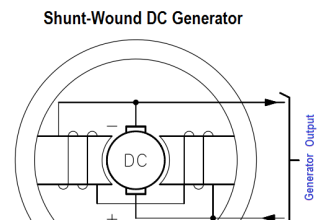An Electrical Contactor is a switch. In simple words contactor is a switch which closes its contacts with the help of relay. Most of the contactors operate by electromagnet, thus causing the contactors to close and open by spring or gravity.
The main difference between the contactors and switch is that contactors can be operate remotely whereas switch has to be manually operated at the location. Contactors can be controlled by manual or remote push buttons or by automatic devices such as timers, float switches, thermostats, pressure switches and so on. As the control is both remote and automatic they are employed in lighting, heating, air conditioning and motor loads
- Circuit Breaker interrupts the fault current which electrical contactor cannot. Generally contactors are connected in series with fuse. Therefore during short circuits fuse acts as fault current interrupting element in the circuit. In simple contactor is a switch with remote control and automatic functions. Circuit breaker is employed to protect the circuit and electrical contactor is used to open and close the contacts
- Contactors are generally employed in low voltage and medium voltage level. Circuit breakers can be employed up to EHV systems for switching purpose
